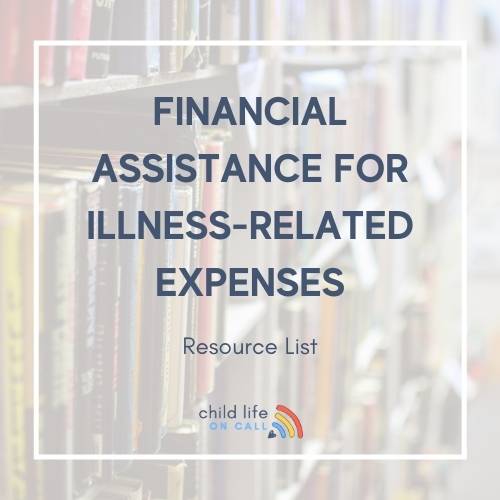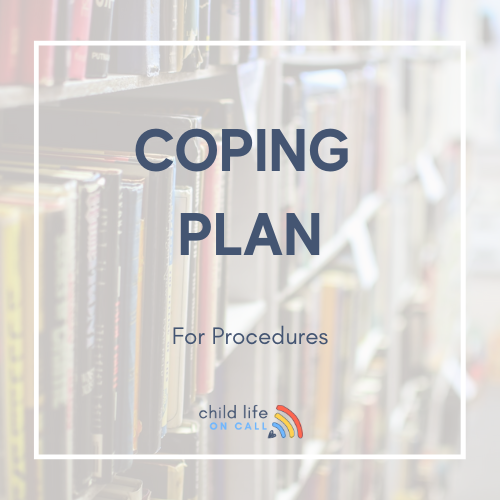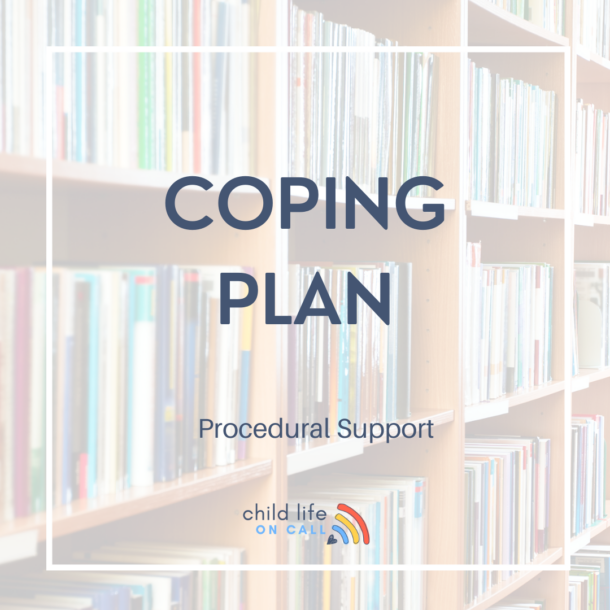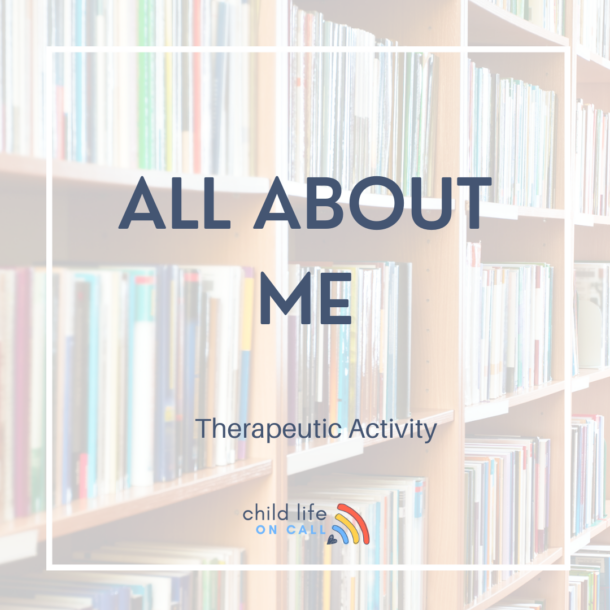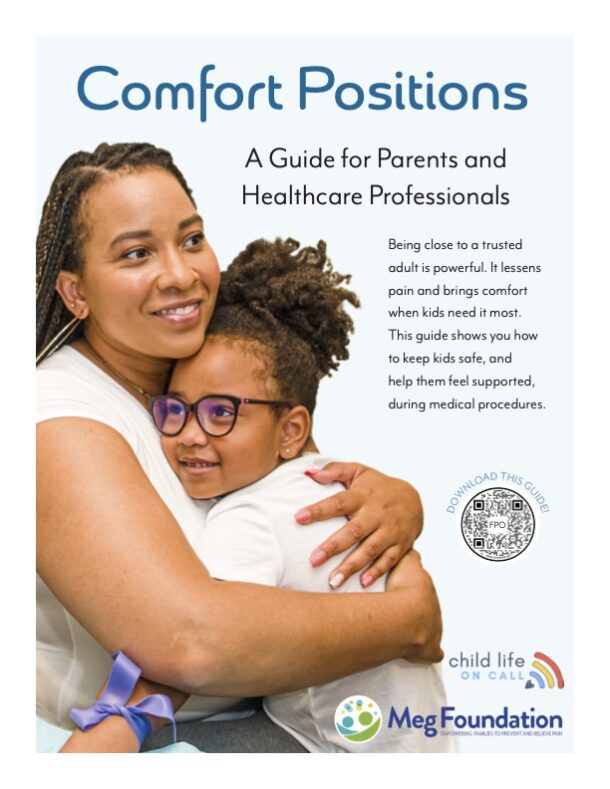Introduction
During medical procedures, providing children with distraction items can significantly reduce their anxiety and stress while offering comfort and support. In this blog, we explore tips for choosing the right distraction items for children undergoing various medical procedures and share examples of effective items to consider.
Understanding the Child’s Needs and Preferences
When selecting distraction items, it’s essential to consider the child’s age and developmental stage to ensure the items are appropriate and effective. Different age groups have varying cognitive and emotional development levels, which impact their understanding of the situation and their ability to cope. For instance, infants and toddlers may respond better to soft, cuddly toys, while school-aged children might prefer interactive games or activities.
It’s also important to involve the child in the selection process by considering their interests and hobbies. Customizing the distraction items to match their preferences can help make the experience more enjoyable and comforting for the child. For example, if the child loves superheroes, a coloring book featuring their favorite characters could be an effective distraction item. Involving the child not only gives them a sense of control but also helps to build trust and rapport between the child and caregivers.
Types of Medical Procedures and Appropriate Distraction Items
Depending on the nature of the medical procedure, different distraction items and techniques may be more suitable. For non-invasive procedures such as blood tests and vaccinations, simple and portable items like stress balls and fidget toys can be useful. Additionally, engaging the child’s attention through techniques like deep breathing and counting can help alleviate their anxiety and focus their mind on something other than the procedure.
On the other hand, invasive procedures like surgeries and lumbar punctures may require more engaging and comforting items, such as weighted blankets and the child’s favorite toys. In these situations, incorporating coping strategies and support from caregivers is crucial to help the child feel safe and secure. For example, parents or caregivers can hold the child’s hand, provide soothing words of encouragement, or use guided imagery to help the child visualize a comforting scene during the procedure.
<iframe sandbox=”allow-popups allow-scripts allow-modals allow-forms allow-same-origin” style=”width:120px;height:240px;” marginwidth=”0″ marginheight=”0″ scrolling=”no” frameborder=”0″ src=”//ws-na.amazon-adsystem.com/widgets/q?ServiceVersion=20070822&OneJS=1&Operation=GetAdHtml&MarketPlace=US&source=ss&ref=as_ss_li_til&ad_type=product_link&tracking_id=katietaylor01-20&language=en_US&marketplace=amazon®ion=US&placement=B07DM86Z43&asins=B07DM86Z43&linkId=80a42c49fdfb9011dfdf6548195a34b4&show_border=true&link_opens_in_new_window=true”></iframe>
Practical Considerations When Choosing Distraction Items
It is essential to consider the practical aspects of distraction items when selecting them for use during medical procedures. Compact and lightweight items are ideal, as they can be easily transported and used in various settings. Additionally, items that can be easily sanitized and maintained are crucial to ensure a clean and safe environment for the child.
Versatility and reusability are also important factors to consider when selecting distraction items. Items that can be used for multiple procedures offer more value and can help create a sense of familiarity for the child. Furthermore, adapting items for different situations and environments can help keep the child engaged and interested, making the distraction more effective. For example, a set of colorful building blocks can be used in various ways, such as stacking, sorting by color, or creating different shapes and structures, providing the child with a versatile and reusable distraction option.
<iframe sandbox=”allow-popups allow-scripts allow-modals allow-forms allow-same-origin” style=”width:120px;height:240px;” marginwidth=”0″ marginheight=”0″ scrolling=”no” frameborder=”0″ src=”//ws-na.amazon-adsystem.com/widgets/q?ServiceVersion=20070822&OneJS=1&Operation=GetAdHtml&MarketPlace=US&source=ss&ref=as_ss_li_til&ad_type=product_link&tracking_id=katietaylor01-20&language=en_US&marketplace=amazon®ion=US&placement=B00HQ1LJIS&asins=B00HQ1LJIS&linkId=1b8c78a6407237fa394cdca680eba022&show_border=true&link_opens_in_new_window=true”></iframe>
Examples of Effective Distraction Items
There are various types of distraction items that can be effective in helping children cope with medical procedures. Visual distractions, such as books, coloring pages, and tablet games, can capture the child’s attention and provide a sense of escapism. These items are particularly useful for children who enjoy visual stimuli and can be easily customized to match their interests.
Tactile distractions, like playdough, slime, and textured toys, engage the child’s sense of touch and can provide a calming and soothing effect. These items allow children to manipulate and interact with the materials, helping to redirect their focus away from the medical procedure.
Auditory distractions, such as music, audiobooks, or noise-canceling headphones, can help create a relaxing atmosphere and transport the child’s mind to a different place. These items can be tailored to the child’s preferences and can provide a sense of familiarity and comfort.
Lastly, scent-based distractions, like essential oils or scented markers, can engage the child’s sense of smell and create a calming environment. Aromatherapy has been shown to help reduce anxiety and stress, making it a potentially effective distraction option during medical procedures.
<iframe sandbox=”allow-popups allow-scripts allow-modals allow-forms allow-same-origin” style=”width:120px;height:240px;” marginwidth=”0″ marginheight=”0″ scrolling=”no” frameborder=”0″ src=”//ws-na.amazon-adsystem.com/widgets/q?ServiceVersion=20070822&OneJS=1&Operation=GetAdHtml&MarketPlace=US&source=ss&ref=as_ss_li_til&ad_type=product_link&tracking_id=katietaylor01-20&language=en_US&marketplace=amazon®ion=US&placement=B000J2GZNU&asins=B000J2GZNU&linkId=78681507483728b0e37d27c3d8d941e3&show_border=true&link_opens_in_new_window=true”></iframe>
The Role of Child Life Specialists and Healthcare Providers
Child life specialists and healthcare providers play a crucial role in ensuring the effective use of distraction items during medical procedures. Collaborating with medical professionals to develop a distraction plan tailored to the child’s needs and preferences can help create a more positive experience for the child. This plan should consider the type of procedure, the child’s age, developmental stage, and interests, as well as any necessary adaptations for the specific healthcare setting.
Integrating distraction items into the child’s overall care and support can help create a more comprehensive approach to managing anxiety and stress during medical procedures. This includes coordinating with caregivers, providing education on the use of distraction items, and monitoring the child’s progress and adjusting the plan as needed.
Lastly, ensuring a positive and comforting environment during medical procedures is essential in helping children cope. This can be achieved by creating a welcoming atmosphere, maintaining open communication with the child and their caregivers, and providing encouragement and reassurance throughout the process.
Conclusion
In summary, choosing the right distraction items for children during medical procedures is essential in reducing anxiety and stress while providing comfort and support. Caregivers play a crucial role in selecting and using these items effectively by considering the child’s age, developmental stage, interests, and the type of medical procedure. Being proactive and involved in the process can make a significant difference in the child’s experience.
We encourage caregivers to explore Child Life On Call’s resources and services for further support and guidance in empowering every child and family facing medical experiences. Our commitment to bridging the resource gap through child life services and technology ensures that you have the necessary tools and information to make informed decisions and create a comforting environment for your child during medical procedures.



